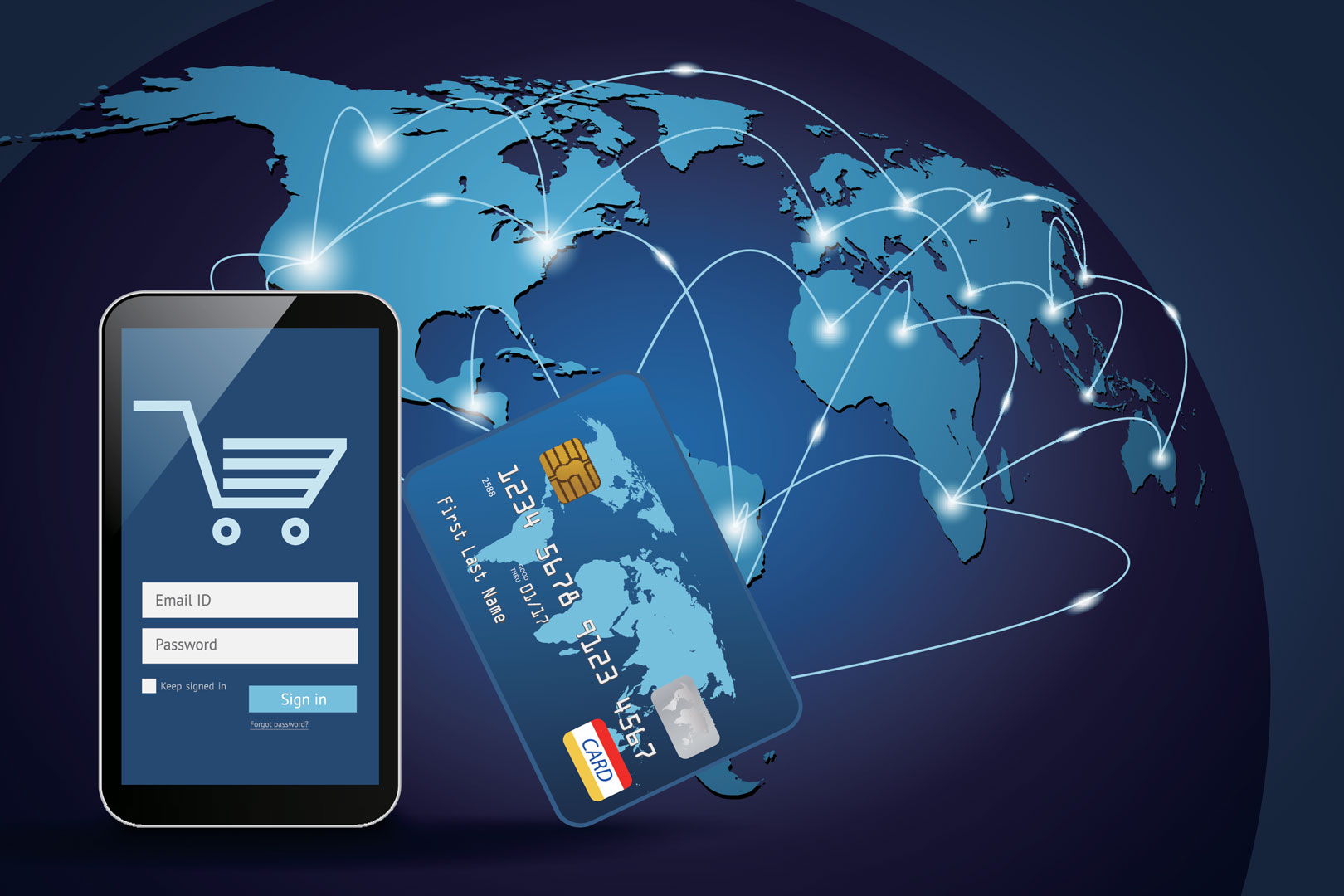Please note, this post originally appeared on CustomerThink.
Commerce has long been an international affair, crossing national boundaries and geographic lines. With improving technology and digital platforms, shoppers have started to think differently and redefined what “shopping” means. The new reality is that ecommerce is the norm and customer experience is at the center of the ecosystem. Whether you’re selling software, virtual goods or subscription services, chances are you will have noticed one significant trend impacting your ecommerce business: cross-border ecommerce is on the rise.
With the world at their fingertips, consumers are increasingly looking beyond their own borders to purchase what they need. Globally, 57 percent of consumers who made an online purchase in the past six months bought from an international seller. This trend is even stronger in Europe where about 63 percent of shoppers purchase from overseas.
With that in mind, when Forrester estimates that cross-border shopping will contribute to sales reaching $627 billion, and the ecommerce industry alone will be worth $4.5 trillion by 2021, you need to make sure your digital business is ready to take advantage of this next wave of global ecommerce growth.
But with huge opportunity comes great challenges.
Scaling globally promises to be extremely lucrative for your business, however, you also run the risk of adding layers of complexity to your operation that, if not taken into account, can limit your business’ success. From staying compliant with legal regulations to navigating local tax laws, none matters more than providing a localized shopping experience for every customer around the globe.
Creating successful localized shopping experiences for your business can seem overwhelming at first glance. However, with the right strategies in place it will be simple and well worth the effort. To help you get started, here are four localization tips that will help you scale globally.
1. Accept global payments with a localized experience
Online payment preferences vary greatly globally. Where credit cards are the preferred method of payment in the U.S., Europeans prefer a digital payment system like PayPal. So, the first step is to make sure you offer the various payment options that satisfy your customers’ needs.
Secondly, verify that your business can support local currencies and can automatically display localized pricing options for each customer. The goal here is to make the shopping experience as frictionless as possible. So customers need to be able to view prices in their own currency and language while they shop. Otherwise, they might abandon their shopping cart.
2. Establish global and local compliance
New global markets come with their own unique set of rules and regulations. And GDPR has made compliance even more rigorous and important. A great place to start with compliance is to get familiar with the 101 of sales tax and VAT (Value Added Taxes). Every state approaches sales tax differently—some states tax only goods and services, while others have adapted their laws to encompass digital products (intangible goods). VAT, which more than 150 nations around the world collect, is assessed based upon the current value of the item, service, or digital good sold. It adds a level of complexity worth mastering.
3. Create an optimized end-to-end experience
Whether you are a B2B or B2C business, today’s buyers have a seemingly endless amount of choice, and so experience matters more than ever before. With an average 23 percent cart abandonment rate, it is important that you provide a fast, modern checkout experience that works across devices and geographies to facilitate the purchasing decision. It doesn’t matter if you’re selling to a consumer in India or a start-up in Latin America, you need a flexible and intuitive popup checkout experience that intelligently adapts to your customer’s location, currency, and preferences to land the sale.
4. Create a process to gather and analyze feedback
You should offer any request for information in a variety of languages so that all of your global customers are empowered to provide feedback. People like to feel that their input is valued, so be sure to ask and make it easy for them to respond. When you have the full picture from your entire customer base, you will be able to make smarter decisions when building out a global shopping experience.
Although it is a complex process and seems overwhelming, it’s not impossible to scale your company to the next level. And the rewards are worth the effort. To stay competitive, selling internationally is a must. By taking the time to target your business to people in their native language, invest in the research that goes along with being compliant across local markets, and create a shopping experience that truly serves the customers’ needs, you’re already a step in the right direction for accelerated growth to your business.
![[Customer Story] Why TestDome Considers FastSpring a Real Partner](https://fastspring.com/wp-content/themes/fastspring-bamboo/images/promotional/2023/FastSpring-TestDome-blog-thumbnail.jpg)








